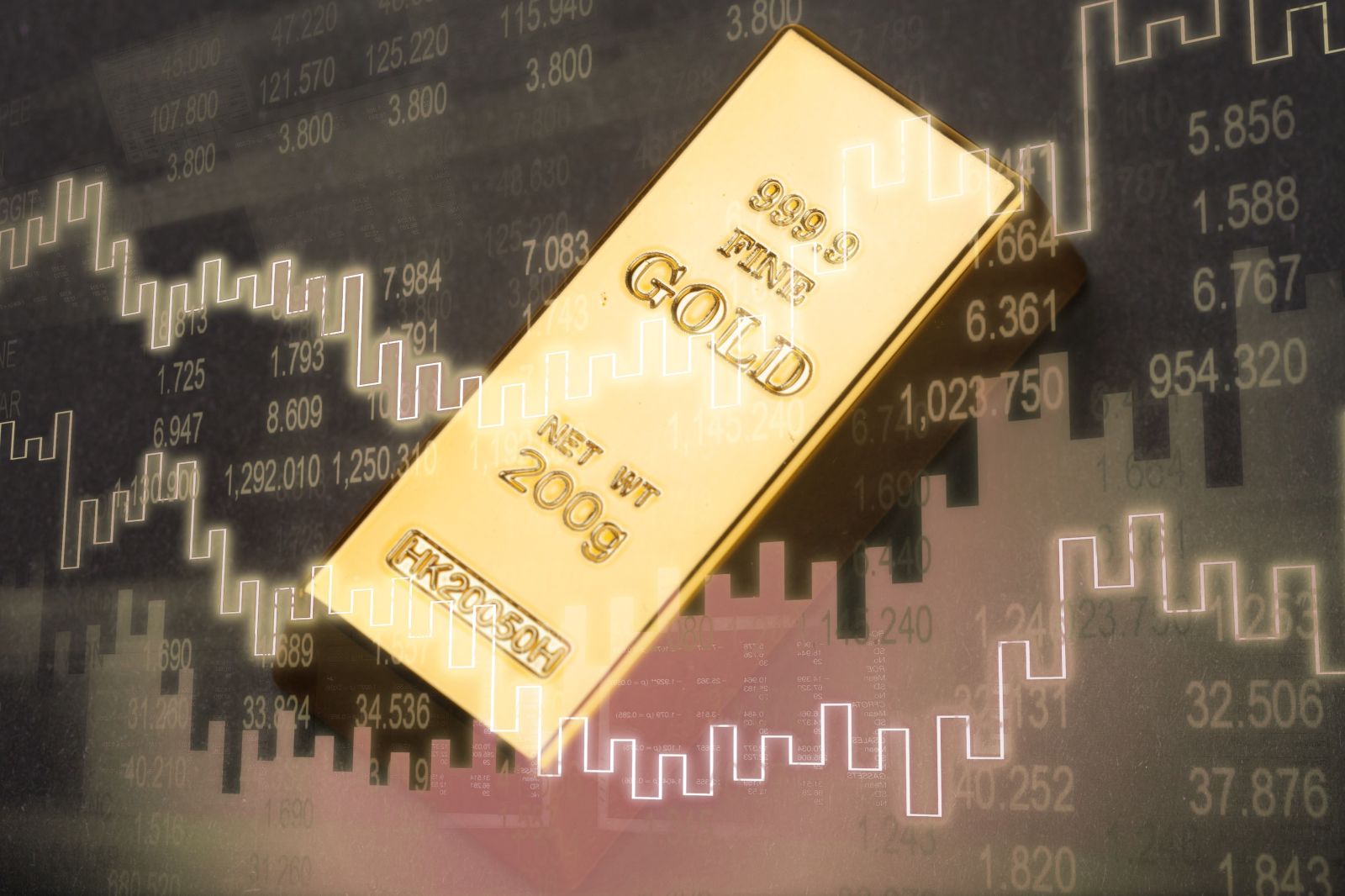
COMEX gold futures posted a 13.45% gain in 2023, while silver edged under 0.20% higher, platinum group metals dropped, and base metals underperformed the precious yellow metal. Gold’s dual role as a unique commodity and financial asset supported the price. In a February 1, Barchart article, I asked, “Is Gold a Buy Below $2,000.” Nearby April COMEX gold futures were at the $2,078.50 level on February 1 when I wrote:
Buying gold on price weakness has offered the best opportunity for success, and I expect that trend to continue over the coming months and years. In early 2024, a gold decline below the $2,000 level could be another golden buying opportunity.
In mid-February 2024, gold briefly probed below the $2,000 level, but the price recovered and was close to $2,100 in early March.
Not much action in gold- The first dip below $2,000 was a buying opportunity
So far, the active month April COMEX gold futures contract only ventured below the $2,000 per ounce level for one day in 2024.

The chart shows that April gold futures fell below the $2,000 level to a $1,996.40 low on February 14 before recovering to over the $2,090 level.
Gold is holding up well, considering the price action in bonds and the dollar index
Gold pulled back after reaching a continuous contract $2,130.20 record high in December 2023. The action in bonds and the dollar index has not supported further gains since the end of 2023.

The U.S. 30-year Treasury bond futures chart shows the decline from the 125-30 December 27, 2023, high. The long bond futures have made lower highs and lower lows and at the 120 level on March 1. Lower bonds and higher interest rates weigh on gold prices for two reasons. They increase the cost of carrying long positions and make fixed-income assets more attractive as yields rise.
The U.S. dollar is the world’s reserve currency and gold’s international pricing mechanism. A strong dollar tends to weigh on gold because it causes gold in other currencies to increase in value, leading to selling and profit-taking.

The U.S. dollar index chart highlights the rise from 100.62 on December 28 to just below the 104 level in early March. Strength in the dollar and rising interest rates are traditionally bearish for gold. Therefore, holding the $2,000 level has revealed gold’s strength in the current environment.
Central banks continue to buy gold
Citibank analysts recently said that central banks could increase gold purchases in 2024. Aakash Doshi, Citibank’s North American head of commodities research, said, “The most likely wildcard path to $3,000/oz gold is a rapid acceleration of an existing but slow-moving trend: de-dollarization across Emerging Market central banks that in turn leads to a crisis of confidence in the U.S. dollar.”
Central banks purchased over 1,000 tons of gold in 2022 and 2023. Russia and China have been the leading buyers, along with a growing list of other countries. Statistics likely underestimate Russian and Chinese gold purchases as these countries consider reserves strategic national secrets. Since China is the world’s leading gold producer, and Russia is a top producer, they are likely vacuuming in output to increase reserves, and those purchases do not show up in the official statistics. From 2017 through 2022, central bank gold holdings as a share of total central reserve holdings rose from 9.7% to 12.9%.
A BRICS currency could ignite gold
Rumors of an emerging BRICS currency with gold backing have circulated through the market since the beginning of the war in Ukraine. U.S. and European sanctions have caused the Chinese-Russian alliance to create avenues to circumvent the sanctions.
China has begun buying oil from Russia and the Middle East in non-dollar currencies. Brazil, Russia, India, and China have been aggressive gold buyers, and South Africa is the home of some of the world’s most coveted reserves.
De-dollarization that embraces gold could ignite prices while undermining the dollar’s reserve currency status. Deteriorating relations between Washington and Moscow/Beijing is a compelling reason for increasing gold’s role in the global financial system as it is a sanction-proof asset.
A twenty-five-year trend shows no sign of bending
Aside from the geopolitical reasons for new highs in gold, the trend remains gold’s best friend.

The chart dating back to the mid-1970s shows gold reached a $252.50 per ounce bottom in 1999. In 2024, the gold bull market is celebrating its silver anniversary, no pun intended. Gold has made higher lows and higher highs for the past twenty-five years, leading to new record prices in 2008, 2011, 2020, 2022, and 2023.
The trend is always your best friend in all markets until it bends. Gold’s upward momentum is slow and steady as it is a hybrid, a commodity, and the world’s oldest means of exchange. As central banks increasingly turn to gold as a reserve asset, the dollar’s power will decline, and gold’s bull market will continue.
Time will tell if $2,000 is a bottom and the new technical support for gold. Any correction this century has been a golden buying opportunity, and that trend will not likely end soon.
On the date of publication, Andrew Hecht did not have (either directly or indirectly) positions in any of the securities mentioned in this article. All information and data in this article is solely for informational purposes. For more information please view the Barchart Disclosure Policy here.







